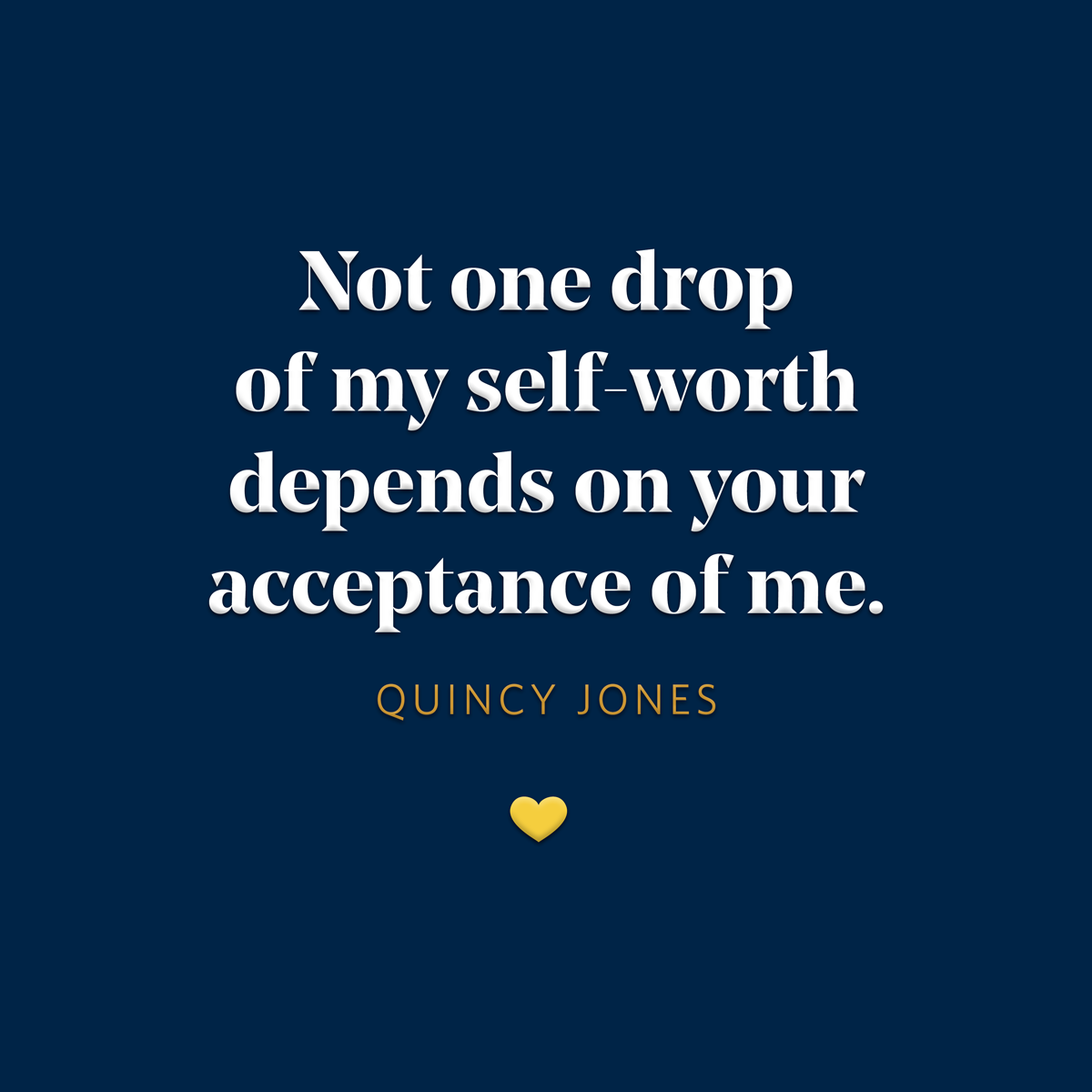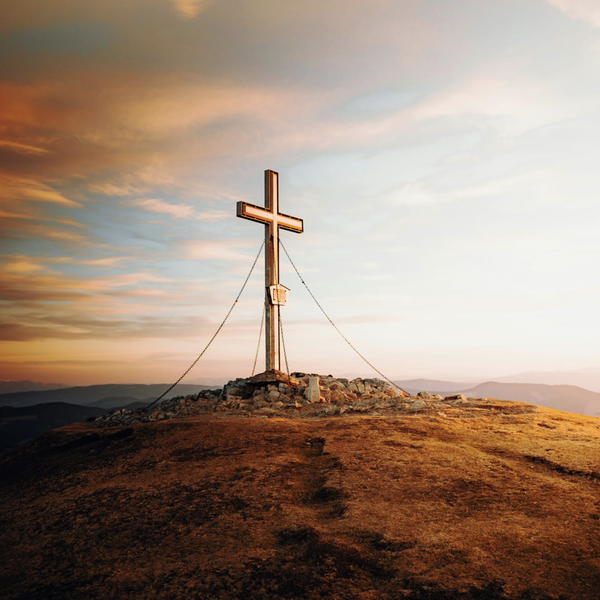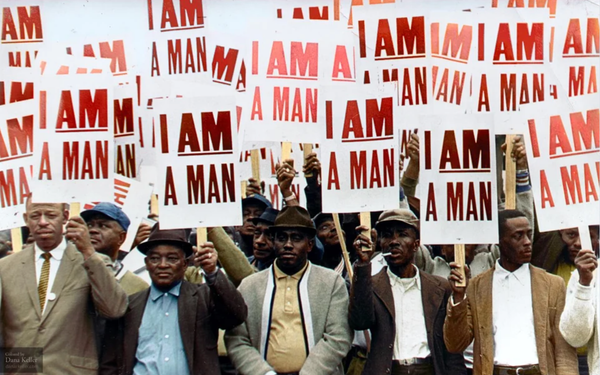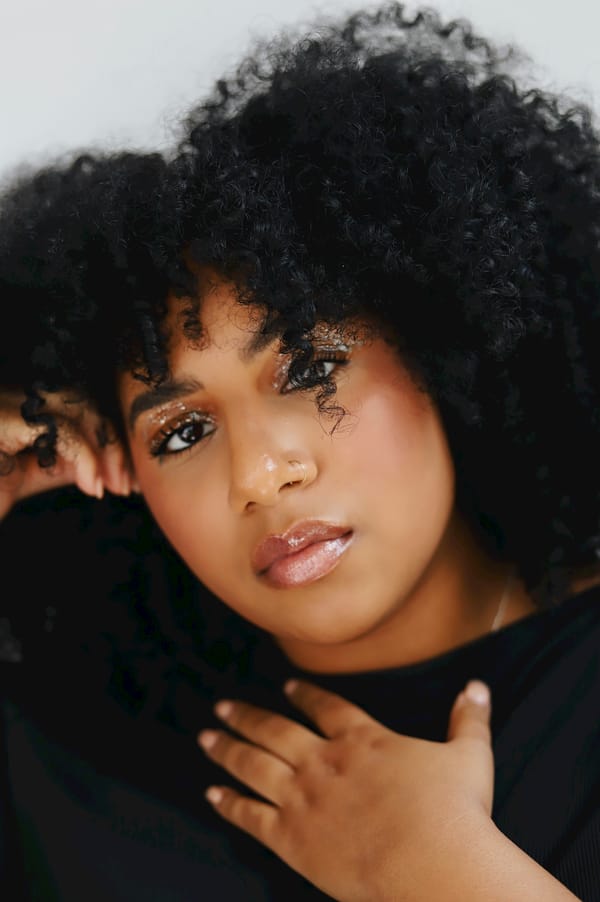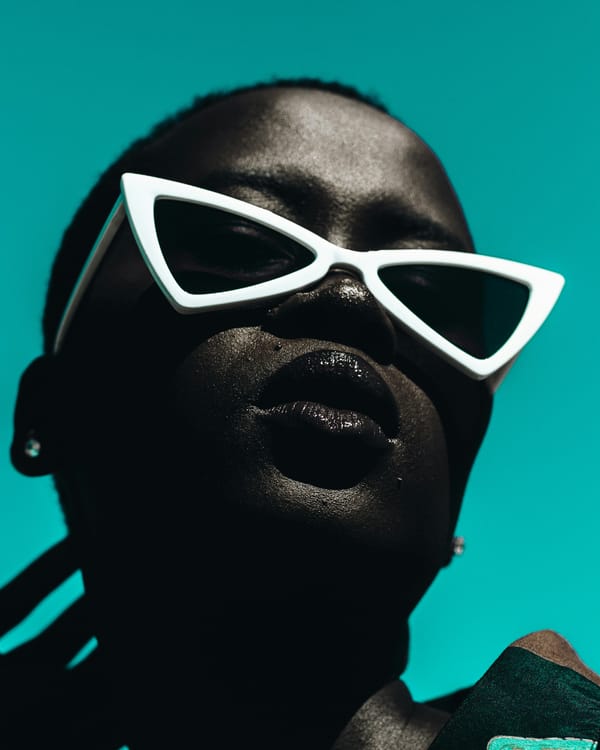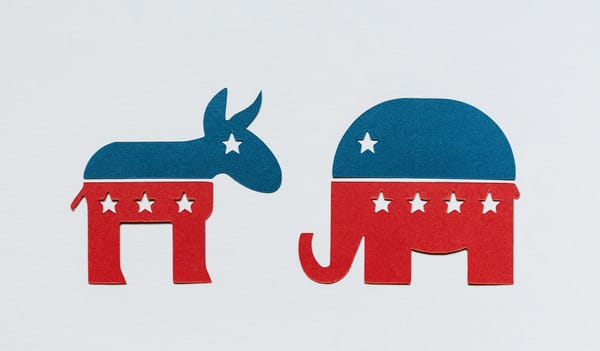Editor’s Letter
In the Beginning
As a forty-eight-inch tall, black man, who is gay, Christian, and living in the south (yes, that bit of geography is still a thing), I am well-acquainted with what it means to be different in some ways, but at the same time just like everyone else in others. Let me be clear, in no way am I now nor have I ever played the role of the victim.
I realize that I’ve been blessed with advantages others have not. I was raised by both parents in a middle-class home; I received my college degree from a small liberal arts college; my worldview was shaped by a Christian faith that did not traumatize me; and I’ve been endowed with other stuff including giftedness in arts and letters. My height, personality, and abilities have opened many doors for me, but at the same time, people’s perceptions about my skin color and height have been a deterrent to opening others.
The one thing I learned early on in my all-Black elementary school was that despite my height, my classmates and I all wanted the same things. In seventh grade, at a local private school where I was one of two students of color and the only Black male student, that seminal lesson was reinforced. My white classmates and I had more in common than I first thought. It wasn’t until my mid-twenties that I learned that while different denominations worship differently, God loved them all equally. And in my late thirties, I learned that God was more concerned with my relationship with him than with what others had to say about my sexuality.
What I’m saying is that we all want the same things. Regardless of our race, gender, political affiliation, sexual orientation, religious affiliation, physical ability, or age, we all want the same things: to be accepted, understood, and loved. That truth transcends any -ism, -phobia, or factor that would divide our human family.
As someone who’s a bit of a shapeshifter and is never really thought of as a part of any one demographic, some might say my intersectionality Bingo card is maxed out. Maybe. I prefer to think I have a unique vantage point from which to speak about matters related to equality.
I know people can move away from racism’s (racial prejudice + power) places of fear, ignorance, and degradation and into more loving, informed, and affirming spaces. I can hear you skeptics now, Dude. That’s a pretty bold statement. Why do you say that?
Because I’ve seen it happen and I’ve seen it happen more than once or twice. I have witnessed this, talked with people who have experienced it, and they’ve shared the stories of their journeys out of prejudice with me enough times that consistent and recognizable patterns have appeared.
Into Equality
The journey to equality is simple, but it’s never easy. All who embark upon it, whether they’re aware or not, follow the same principle much like a north star whencharting a course. This premise enables a person to understand that the humanity they see in someone else is identical to that which resides within themselves, and thus changes the “other” to a brother or sister. As siblings of equal standing, our brother/sister is deserving of no less than the full range of rights, benefits, and privileges afforded to us. So what’s this principle?
Christ’s command to love one another.
What’s simple about loving one another is that it’s a choice—a choice we have the opportunity to make innumerable times a day. To choose to love is as easy as falling off a log, but to actually enact it, takes a bit more willpower.
When we choose to love, we momentarily put someone else’s needs before our own. When we choose to love, we look out for someone else’s best interest. We choose not to injure them emotionally, physically, or psychologically. We take special care to protect them. When we choose to love, we leverage our gifts in service to others, to treat them fairly and with grace.
I’m not saying the next time you’re in the grocery store you’re obligated to pay the person’s bill in front of you. Acts of love don’t have to be grandiose. Usually, the most impactful acts of love are small and go unseen by the general public.
Here’s a real-world application of what I’m talking about.
Let’s say you’re in the grocery store, and you come across a short-statured person (much like myself) attempting to retrieve an item from the top shelf that is out of reach. You ask, Can I give you a hand? To which the short-statured person responds, If you don’t mind, sure. You grab the sought-after item from the top shelf and hand it over to the requester. After a pleasant thank you-you’re welcome exchange, you go on your way.
What’s transpired is that you have leveraged the gift of your ability to reach the top-shelf item for the benefit of the shorter person. Chances are you leveraged your accessibility out of compassion, sympathy, or empathy OR you didn’t want a scene to play out in which the short-statured person creates an avalanche of items while trying to climb the shelves to reach the item. See? (Trust me, it’s not a pretty sight.)
Just as with my grocery store example, when we move towards equality we choose to lend a hand in eradicating the inequities suffered by others. And that’s the basis for Our Human Family.
Inclusion is Greater Than Diversity
I read an article by a law professor who railed against the concept of diversity. In essence, he went to extraordinary lengths to make a simplistic and shortsighted case that those who advocate for diversity and equality are wrong. His reasoning was that everyone doesn’t have the same abilities, talents, proficiencies, blah, blah, blah.
He stated that people are all unique, thus diversity and equality are mutually exclusive. I laughed and was incensed at the same time. Equality and diversity are not mutually exclusive. Equality is not the opposite of diversity. Identical is the opposite of unique. Homogeneity is to variety as identical is to unique.
Most proponents of equality contend that all humans have rights and should be given equal opportunity to pursue life, liberty, and happiness without the obstructions of prejudice (a preconceived opinion that is not based on reason or actual experience), discrimination (the unjust treatment of different categories of people), or negative bias (the inclination to hold a negative opinion of a group). See freedom. In theory, just about everyone adores the concept of equality and equal rights, but the real trick is applying that seemingly loftiest of goals to include all people, not merely all of one type of people.
Homogeneity : diversity :: identical : unique
We can’t talk about equality without first having a discussion about discrimination. Racism—the belief that one group of people is better or worse than another due to external physical features, cultural practices, or the like—is not an absolute. It’s not like pregnancy, where either you are or you aren’t.
Practices and tenets can be patently racist, but thoughts and words can be masked, and deeds unseen. And for those who boldly strive for equality every day and in every way, there is no compromise with bigotry.
People can’t be lumped into the equality pile or the discriminating heap, it’s not that simple. Granted, some people gladly self-identify with either of those two categories, but we human beings are far more sophisticated in what we believe, say, and do. Oftentimes, words and actions conflict with stated beliefs.
So our discussion about equality and racism must be far more nuanced. In my mind, the cross-burning racist and the social justice warrior are polar opposites on the same equality spectrum. But what about the middle? What’s going on between the poles?
Between the Poles
Equality can be seen as a spectrum comprised of six categories, most of which people may readily identify.

Group 1. If we were to lay out a spectrum or scale of racist behavior, at the far left end of the spectrum, in the first column we’d find the cross-burning racists and bigots who believe in the purity of races, subjugation, domination, segregation, et cetera. Their beliefs, actions, and speech all lean heavily toward the end.
Group 2. In the second column, we’d find the folks who believe in the social construct of race and its made-up hierarchy, but unlike their cousins in the first column, they’re not so inclined to come right out and say it. They mask their fear and loathing of people different than themselves with a thin veneer of sugar and spite. Their anthem: “All it takes is hard work to achieve the American Dream. It’s as easy as that.”
Group 3. In the third column, you’ll find the people who, in their heart of hearts, see what’s going on in America and long to reconcile the difference between what they’ve been taught with the reality that they see before them and have experienced, but they don’t know what to do or how to do it. A playlist of “All [insert your favorite ethnic group] people aren’t bad” repeats in their head. They’re aware of and oppose overt acts of racism, but are unaware of their own day-to-day biases and how they affect others.
Group 4. People in this column are well-acquainted with the ravages of racism due to direct experience. They endure the horrors of racial inequity and have nothing to say. They owe no one an explanation for their opinions or for social disparities that are in plain view for all the world to see. Their response to those who would ask them what their experience as a Person of Color in America is like could be summed up as, “If you want to know what it’s like to be a minority, there are plenty of books and articles written by People of Color out there. Go do the work for yourself.”
Group 5. These people understand the injustice of racism via firsthand experience or they’ve done the work (researched it or talked with people who have experienced racism regularly and understand how it destroys) and are on the journey to making the world a more equitable place for all. These are the people who march, demonstrate, write, or speak to dispel the lie of race and eradicate racism.
Group 6. This group is comprised of people who convert advocacy into their personal platform for self-aggrandizement instead of upholding principles rooted in personal conviction.
The First Steps
Conversations about the subjects that separate and divide people are necessary for the resolution of conflicts and for personal growth. Yes, they’re often tough, but the rewards of resolution (better understanding of oneself and increased insight into the other person’s circumstances) far outweigh the baggage of disagreement.
Think about it.
How many times have there been when you and someone else were in conflict over a situation? Chances are, your answer is “lots,” right? And you can probably think of several instances in which neither you nor the other party dominated the conversation or bullied one another, but talked it out to a reasonable conclusion. More often than not, when both parties have a vested interest in resolving conflict, they listen more intently to one another’s point of view and work to a mutually agreeable end.
Those same principles apply when having a conversation about racism, except the margin of error is much narrower and the repercussions are far more damaging. Having a conversation about racism with someone of a different “race” can be like walking through a minefield. One seemingly innocuous comment can quickly devolve a conversation into a shouting match with one person feeling marginalized and the other feeling attacked. We’ve all been there. But when both parties consciously commit to the following strategies beforehand, the potential damage is mitigated.
- Speak to one another with respect and care for the other person’s inherent humanity.
- Actively listen with the intent to leave the dialogue with a better grasp of the other person’s point of view.
The writers who contribute to OHF Weekly were vetted for not only their writing prowess and clarity of voice but also for their willingness and ability to share the truth of their own direct experience with racism. Collectively, their voices make for a chorus rich in texture and varied in tenor that reflects the diversity of our human family.
Some essays will be easy to consume and their truthfulness will sneak up on you like a delicious spiked punch. Other essays will challenge you to continue reading through to the end and the impact will connect like a well-landed gut punch.
The value in reading both types of essays (and everything in between) comes from thoughtful consideration of the text coupled with deliberate introspection of how the text applies to you. One can not help but become more aware of the world around them because of the experience.
My hope is that you, our readers, will continue to find answers to your questions, prompts to more questions, and answers that lead to better understanding, and ultimately that you will be equipped with the knowledge, grace, and love to be moved and move those in your sphere of influence closer to fully embracing our human family . . . because we’re more alike, my friends, than we are unalike.
Love one another.
Clay Rivers
OHF Weekly Editor-in-Chief
New This Week
Barbie, Star Wars, and Why Revolutions Happen

Barbie dolls and Star Wars movies and toys have entertained generations of American children — in many cases, well into adulthood. But these brands’ influence stretches beyond a penchant for hot pink and lightsaber battles.
In particular, both the Barbie movie, released in July 2023, and a Star Warsfranchise television series called Andor offer important lessons about revolutions.
Hollywood has long been obsessed with revolutions. There are uprisings in other popular movie franchises like The Hunger Games, Harry Potter, and Avatar.
In each fictional universe, an oppressed group stages a revolution that fights for political and economic freedom.
As experts in violence and democratization, we have written about how popular culture allows people to better understand real-life political movements and crises.
We also use films and shows in our classes to help students learn about why revolutions happen.
Both Barbie and Andor are useful for those who want to understand why revolutions happen and what it takes for them to happen.
Their fundamental point: Before the start of any revolution, the oppressed have to first recognize their oppression.
Read the complete article at OHF Weekly.
Cadavers of the Poor and Black Dissected without Consent
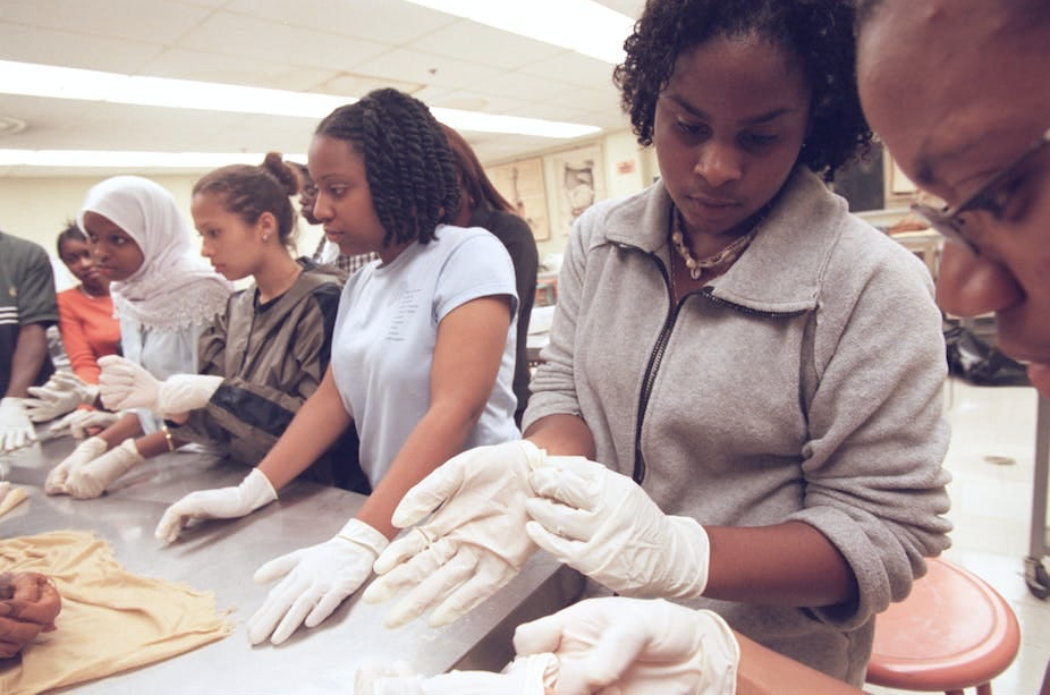
Every year, first-year medical students approach their human cadavers with a mixture of awe and trepidation. They will come to know their assigned cadaver intimately. During the course of their studies, they will carefully pull back layers of skin, muscle and tissue as they learn the fundamentals of human anatomy.
When the long process of dissection is complete, the cadavers are cremated, with the remains returned to family, interred in a dedicated plot, scattered in a memorial garden, or sometimes buried at sea.
Historically, anatomy laboratories relied on unclaimed bodies or executed prisoners, and even resorted to grave-robbing to meet the growing demand for cadavers. Today, while we’d like to believe every cadaver on the slab has been donated knowingly — and indeed, thousands of Americans will leave their bodies to science every year — the reality is more complicated.
In the United States, when a deceased person’s assets are insufficient to cover the cost of burial or cremation, and next of kin are unable or unwilling to shoulder the financial burden, it falls to the state or county in which the person died to arrange for the disposal of their remains.
In most parts of the country, government officials are permitted to donate these unclaimed bodies to institutions of higher education, with no legal requirement for prior consent from the deceased or their next of kin. In 2019, 12.4 percent of surveyed U.S. medical schools indicated possible use of unclaimed bodies at their institutions.
Read the complete article at OHF Weekly.
Giving Tuesday 2023
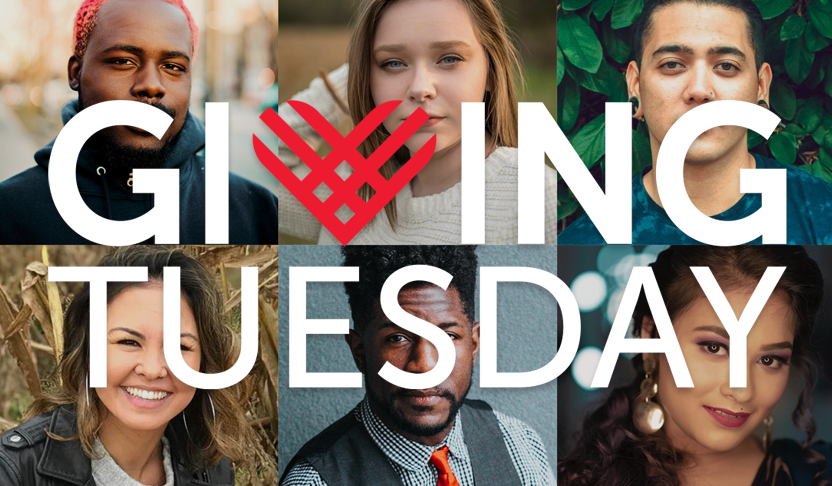
Tuesday, November 28, is Giving Tuesday, the global generosity movement that unleashes the power of radical generosity. Created in 2012, Giving Tuesday was a simple idea: a day that encourages people to do good. Since then, it has grown into a year-round global movement that inspires hundreds of millions of people to give, collaborate, and celebrate generosity.
Our Human Family, a 501(c)(3) charitable organization, advocates for racial equity, allyship, and inclusion by bringing you transformative stories on these and other subjects, and we look forward to being there for you in 2024. Your funds will be used for keeping the OHF lights on, producing publications like OHF Magazine Issue No. 3—which if you haven’t downloaded, you need to—prize money for writing competitions, and compensation for our writers.
Please consider being a part of this global day of giving with a tax-deductible contribution to Our Human Family. No gift is too small. Whether you donate $5 or $500, every little bit helps. We have many more things we want to do in the coming year, namely begin a lecture series.
Thank you for your support.
Final Thoughts
